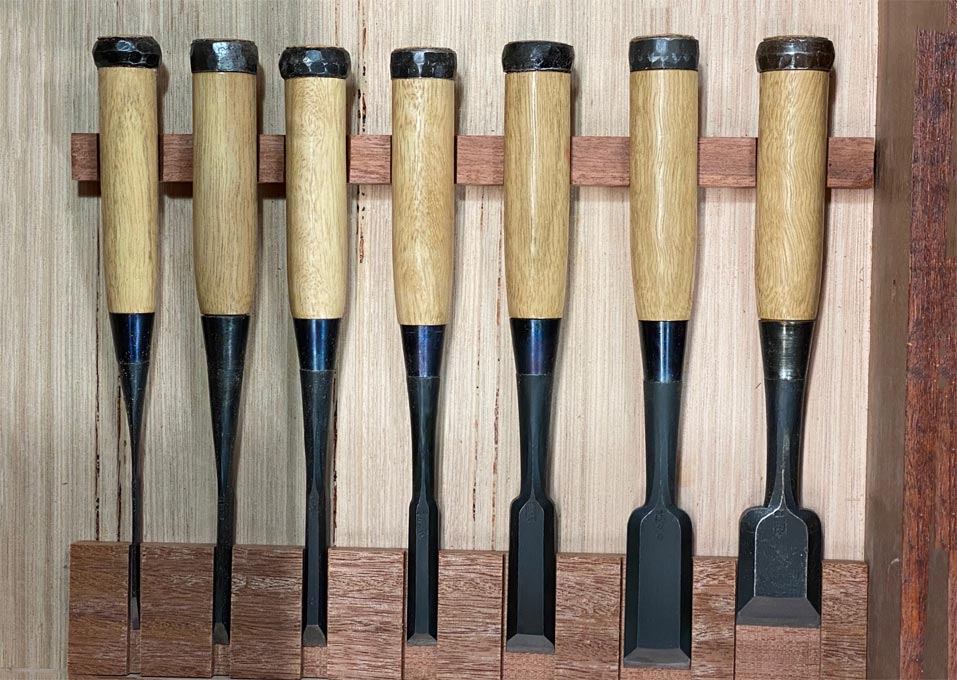I purchased a set of Narex chisels with no handles. I will be making the handles. First timer.
The end that goes into the wood handle appears cast, then perhaps polished. This makes it somewhat rounded corners and smooth overall.
Should I try grinding these corners more square/sharp, to provide more 'bite'? (which also might allow more interference without splitting, although rounded corners might offer more surface area 'friction' at the contact points).
I understand fitting may be some trial and error depending on the wood hardness - do you have starting point recommendations on the degree of interference?
Appreciate any insight.
20240102_141118.jpg20240102_141107.jpg20240102_141115.jpg




 Reply With Quote
Reply With Quote









